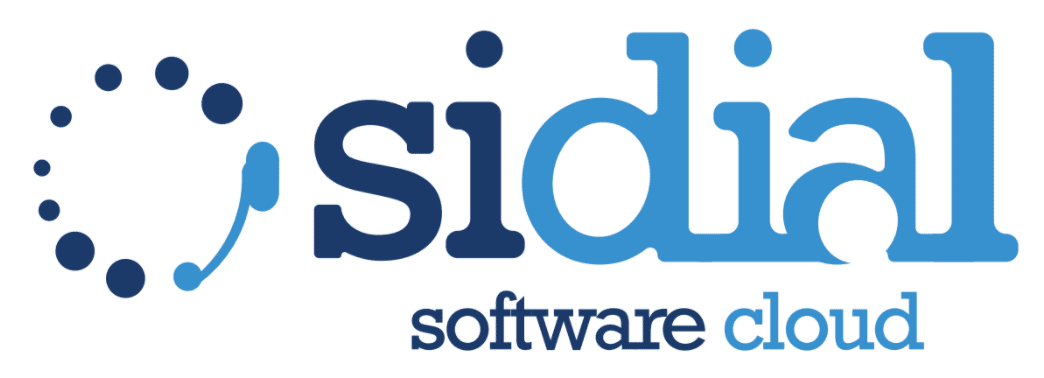Organizing shifts and working hours in a call center is a complex yet crucial task for ensuring smooth operations. Whether you’re managing a small inbound team or a large multichannel center with agents in multiple locations, workforce management directly affects service quality, operational efficiency, and agent wellbeing.
In this article, we’ll explore how to optimize shift planning in call centers, which tools to use, and how a cloud-based call center software can significantly streamline the entire process.
Why Shift Management Matters in Call Centers
A well-organized call center can deliver fast responses, continuous assistance, and high-quality customer service. However, when shifts aren’t managed effectively, the consequences can be serious:
- agent overload during peak times,
- long wait times for customers,
- a decline in call quality,
- increased absenteeism and turnover.
On the other hand, efficient scheduling helps balance workloads, keep motivation high, and quickly respond to fluctuating demand—especially during seasonal peaks or promotional campaigns.
How Shift Scheduling Works in a Call Center
Shift management means allocating available human resources based on operational needs. This involves:
- defining operating hours,
- identifying peak call times,
- analyzing team and individual performance,
- complying with labor laws regarding working hours and breaks.
In a fast-paced contact center environment, where every minute counts, efficient scheduling is a strategic necessity. That’s where technology plays a key role.
The Benefits of Using Software for Call Center Shift Management
In 2025, managing shifts manually with spreadsheets or shared calendars is no longer sustainable for complex organizations. The best call center software includes built-in modules for automated agent scheduling, offering smart features such as:
- creating schedules weekly, monthly, or by campaign,
- forecasting call volumes with predictive models,
- assigning shifts based on skills, seniority, availability, and preferences,
- managing absences, time off, and overtime in real time.
Smart Shifts with Cloud Call Center Software
If your call center runs on a cloud solution, scheduling becomes even more flexible: everything is accessible remotely, updates are synced in real time, and agents can view their schedules directly via web interface or mobile app.
This is especially beneficial for teams spread across multiple locations or working in hybrid mode (office and remote), where transparency and synchronization are essential.
Strategies for Effective Shift Planning in Call Centers
Beyond advanced tools, several best practices can help improve shift scheduling:
Analyze Historical Data
Reviewing past call volumes and contact peaks is key to predicting future demand. A quality cloud call center software includes analytics dashboards that make this data easily accessible.
Promote Flexibility and Rotation
Rotating shifts (e.g., morning, afternoon, evening) helps prevent burnout and ensures fair workload distribution. Offering flexible or on-demand scheduling can also improve employee satisfaction and retention.
Factor in Preferences and Availability
A good system considers employees’ personal needs. Some software allows agents to indicate their preferred working hours, helping to align organizational needs with individual preferences.
Automate and Supervise
Automation doesn’t mean losing human oversight. Managers must retain the ability to adjust shifts, approve changes, and handle last-minute issues or demand spikes.
Key Modules in Modern Call Center Software
If your goal is to optimize the entire call center operation—not just scheduling—it’s worth investing in a complete, scalable solution. A robust call center software should include:
- Queue management and intelligent call routing (ACD)
- Integrated CRM for accessing customer history in real time
- Agent performance monitoring
- Sentiment analysis and automatic call transcription
- Shift and attendance management module
- Push notification system for shift changes and updates
- Integration with external HR tools (e.g., payroll, vacation tracking)
With a single platform, you not only simplify scheduling but also boost service quality and team productivity.
Call Center KPIs and Performance Monitoring Linked to Shifts
Effective scheduling directly impacts key performance indicators:
- Call abandonment rate: decreases with well-distributed shifts
- Average wait time: shortens with proper peak-hour coverage
- Customer satisfaction: improves when service is timely and consistent
- Agent turnover: drops when staff aren’t overburdened
Tracking these KPIs via software allows continuous refinement of your strategy and quick intervention where needed.
Request a Free Demo of SiDial for Stress-Free Shift Management
Managing shifts and schedules no longer relies on spreadsheets or guesswork. Today’s technology enables smart, dynamic, and integrated workforce planning.
A cloud-based call center software like SiDial lets you automate scheduling, forecast workloads, manage last-minute changes, and always ensure optimal coverage.
Want to see how it works? Request your free SiDial demo and turn shift management into a real asset for your call center.

